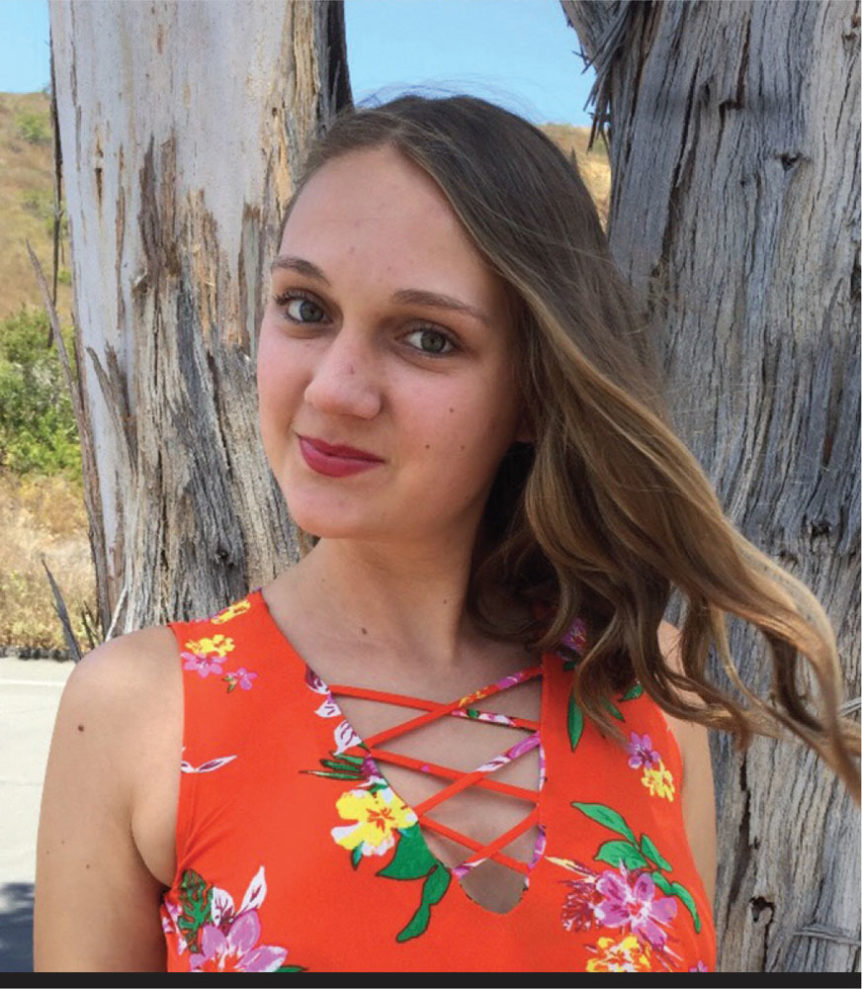Ariel Nessl (Miwok), is a Ph.D student at USC’s Department of Chemistry. She is also the 2018-2019 President of Society for Advancing Chicanos and Native Americans in Sciences. Ariel was recently featured in The Los Alamos National Laboratory (LANL) newsletter, highlighting her work as intern.
The Los Alamos National Laboratory (LANL) in Los Alamos, N.M., offers internships that allow students to engage in research, experiments, and educational experiences while taking advantage of world-class lab facilities. These unique opportunities are customized for both undergraduate and graduate students, with an emphasis on developing the next generation workforce in critical STEM fields. From technical training and hands-on laboratory experiences for undergraduates to intensive and advanced research opportunities for graduate students, these programs support scholars in a wide range of STEM fields at various stages of their academic careers. Internships are available through the Community College Internship Program, Science Undergraduate Laboratory Internships, the National Nuclear Security Administration Minority Serving Institution Internship Program Energy’s Office of Environmental Management Minority Serving Institutions Partnership Program. LANL, a Department of Energy laboratory, is known for its broad outreach to increase STEM participation in underrepresented groups. In 2018 for the third year in a row, the lab was named to the AISES list of Top 50 Workplaces for Native American STEM Professionals. For more information, select the “Career” tab at lanl.gov, then click on “Students,” or email Cassandra Casperson: casperson@lanl.gov.
ASK A PARTICIPANT
Ariel Nessl is a third-year PhD graduate student in physical chemistry at the University of Southern California who spent last summer interning in a chemistry lab at LANL.
What is your background? I grew up in Sonora, Calif., a town of fewer than 5,000 people. I’m Me-Wuk of the tribe there. In eighth grade I had my first hands-on science class, and I really enjoyed it. But I didn’t know that science was a career option for me. Where I grew up, women weren’t doing jobs like that. Then my teacher told my parents that I was really good at science and that I should pursue it. I ended up taking every science class I could in high school, and I fell in love with it. Where did you go to college, and what was your path to graduate school? I went to my Ariel Nessl COURTESY OF ARIEL NESSL local community college in Sonora for two years, then transferred to the University of California, Davis, where I earned a bachelor’s degree in chemistry. After graduation I worked as a lab technician for two years —one year for a biotechnology company and one year in community college stockrooms. After that, I enrolled at the University of Southern California in Los Angeles to pursue my PhD in physical chemistry.
How did you become an intern at LANL, and what did you do there? I learned about the program through my GEM Fellowship, a graduate fellowship intended to increase STEM participation among African Americans, American Indians, and Hispanic Americans. This past summer I worked in a lab where we do nonlinear spectroscopy — essentially, using lasers to study materials. I worked with a mentor as I took on the challenge of building a modification to the current laser setup to do things like speed up acquisition time and strengthen the signal.
What were the highlights of your experience at LANL? A major highlight of my experience was sending my spectroscopy design to the machine shop, then seeing it come back and actually function in the lab. Another big part of the experience was being a part of the scientific community and having mentors and peers with such similar interests. We also went on a tour of Trinity Site, where they tested the nuclear bomb, which was a significant highlight for me.
What are your longer-term career aspirations? I really love being in the lab and hope to do research for quite some time. I also love the community college system and eventually want to go back and teach. I probably wouldn’t have become a chemist had it not been for the general chemistry class at my community college. If I had gone straight to a four-year school, I likely would have dropped out like most of the people where I come from — because I wasn’t ready. I was the first person in my family to go to college, and my community college really got me ready for everything I’ve been doing, including the amazing LANL internship.

